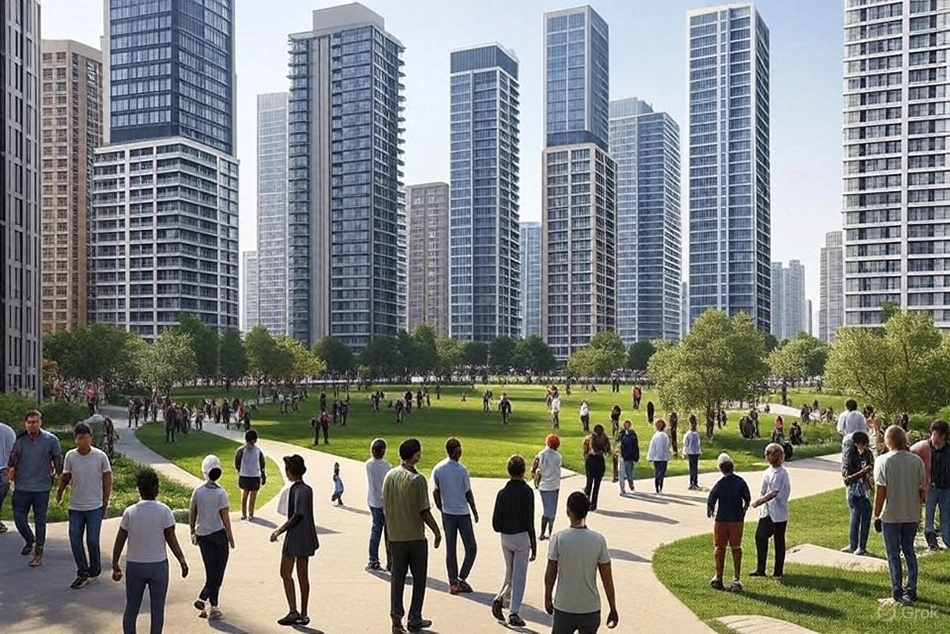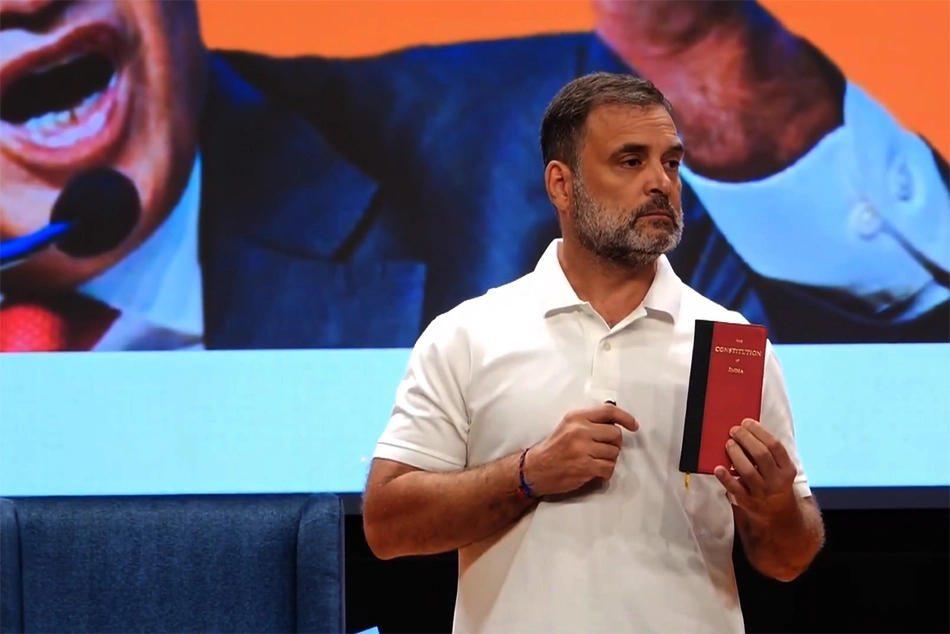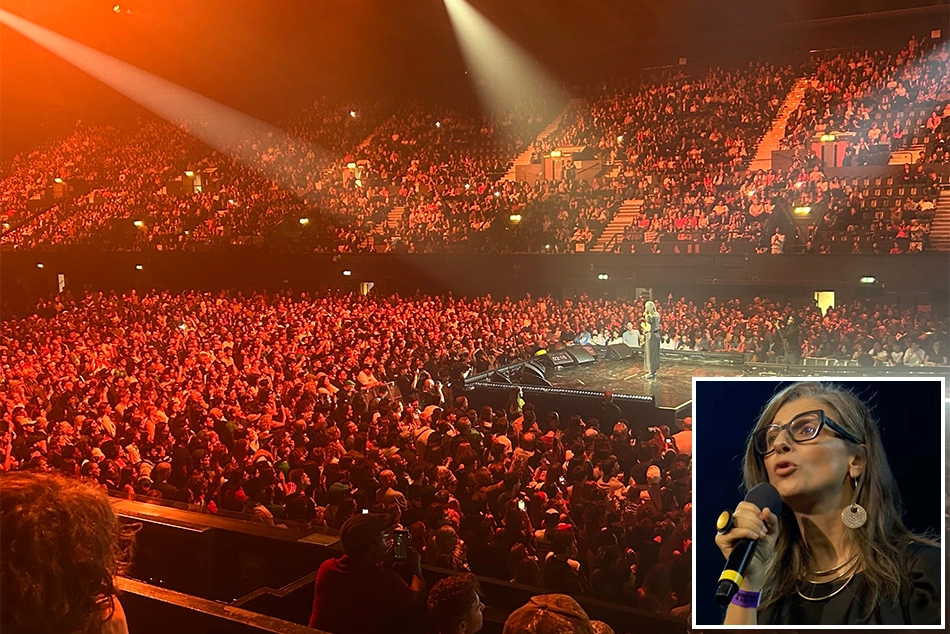
Redevelopment with Conscience
As India's cities expand, redevelopment projects are rapidly reshaping our cities' skylines—but this transformation invariably brings some serious challenges with it, namely to the natural ecosystems that have been part and parcel of the areas being urbanized

As India's cities expand, redevelopment projects are rapidly reshaping our cities' skylines—but this transformation invariably brings some serious challenges with it, namely to the natural ecosystems that have been part and parcel of the areas being urbanized.
It is widely acknowledged that modern construction consumes significant resources. Buildings consume nearly a third of available potable water, as much as 1/4th of the available electricity, and give rise to huge quantities of waste. This has given rise to the trend in sustainable buildings, which tend to replace older, wasteful buildings and societies.
If done right, sustainable real estate uses less than half the water and energy of regular, older buildings. This reduces their environmental footprint, which is crucial in a time and place where climate change and increasing resource scarcity are taken seriously.
India has been at the forefront of the Paris Accords on climate change, which makes sustainability a national responsibility – not only of real estate developers but also consumers of real estate. Responsible building practices and insistence on sustainability features in the spaces we occupy are no longer optional.
Redevelopment that Respects Nature
The Ministry of Urban Development issued its Model Building Bye-Laws in 2016, which are compulsory for all plots above 100 square metres and therefore cover a significant chunk of redevelopment projects. Under its provisions, one tree must be planted for every 80 square meters being developed; three new trees must be planted for every tree chopped down; and the development must retain a minimum of 20% of unpaved land for open or recreational green space.
This is a critical measure to protect biodiversity amid densely urbanized areas. It is also important because redevelopment is driven by a clear profit motive, and the first instinct for precious space in city centres is to build up every available square foot as marketable real estate.
The Ecological Toll of Construction
Despite these and other related mitigation measures, there is no getting completely around the ecological consequences of construction, which involves clearing of vegetation, deep excavation work, and the use of heavy machinery. This has a direct impact on the natural habitats of birds, insects, and smaller mammals. At the same time, the use of fossil fuels, paints, solvents, and volatile organic compounds in construction and development releases heavy pollutants that seep into the soil and groundwater.
Particulate matter severely impacts the air quality in a construction site even as toxic effluents play havoc with the aquatic ecosystems. At any construction site, the local flora and fauna are the silent victims.
Green Construction Lessens Ecological Impact
When redevelopment, or any development for that matter, is done from a sustainable construction perspective, it will involve materials that are gentler in their ecological impact. Greener construction materials include bricks made of fly ash, bamboo, autoclaved aerated concrete panels, and less dense concrete. Not only do these materials put less pressure on the environment, but they are also largely recyclable.
Sustainable development also involves better insulation materials, which reduce the need for power-intensive climate controls like ACs, which also use very harmful coolant gas, and reduce overall emissions. At the same time, new technologies like solar panels and passive solar designs reduce reliance on fossil fuels, while "cool" roofs treated with reflective paint help counteract the harmful urban heat island effect.
The idea behind all these measures remains clear and unwavering - redevelopment must coexist more respectfully with the ecology. The old ways simply don't serve the needs of the current day any longer.
5 Ways That Green Buildings Help the Environment
- Better Use of Water: Using rainwater, recycling wastewater, and installing low-flow fixtures all greatly reduce the need for freshwater sources, which protects rivers and aquifers.
- Saving Energy: Using solar power, "cool roofs" that reflect light, and energy-efficient appliances all use less fossil fuels, which lowers both emissions and air pollution.
- Eco-Friendly Materials: Fly ash bricks, bamboo, and recycled concrete put less stress on forests and quarries, and many of them can be recycled after use.
- Keeping Biodiversity Safe: In cities, required tree plantations, compensatory planting, and green open spaces make homes for birds, bugs, and small mammals.
- Less Air & Soil Pollution: Low-VOC materials, eco-friendly paints, and dust-control measures keep harmful pollutants to a minimum, which is good for both human
Integrated Townships: A New Blueprint for Urban India
Moving away from redevelopment, which is basically an afterthought, there is an even more important greenfield development concept that is forward-looking – that of integrated townships.
These massive, master-planned developments have sustainability embedded in their very DNA and in every facet of their design. Efficiently combining residential, commercial, leisure, and green spaces into a cohesive whole, they significantly reduce not only ecological impact but also the stress levels of their inhabitants.
Integrated townships are, quite simply, the ideal blueprint of our urban future and are becoming more and more prevalent in cities like Pune, Bengaluru and the National Capital Region.
Much has been achieved when it comes to taking sustainable development from concept to construction site, but a lot more needs to be done if we are to meet our climate commitments and leave a better urban environment for the future generations.
Perhaps most importantly, we need to realize that sustainability is not just a construction strategy and just the responsibility of real estate developers. It is a responsibility we all share to build and inhabit a nation whose progress does not come at the expense of the environment.
[The writer, Akash Pharande, is Managing Director - Pharande Spaces, a leading real estate construction and development firm famous for its township projects in Greater Pune and beyond. Pharande Promoters & Builders, the flagship company of Pharande Spaces and an ISO 9001-2000 certified company, is a pioneer of townships in the region.]
Follow ummid.com WhatsApp Channel for all the latest updates.
Select Language to Translate in Urdu, Hindi, Marathi or Arabic







